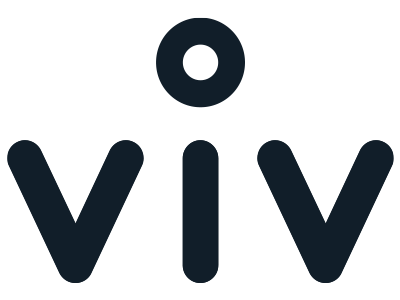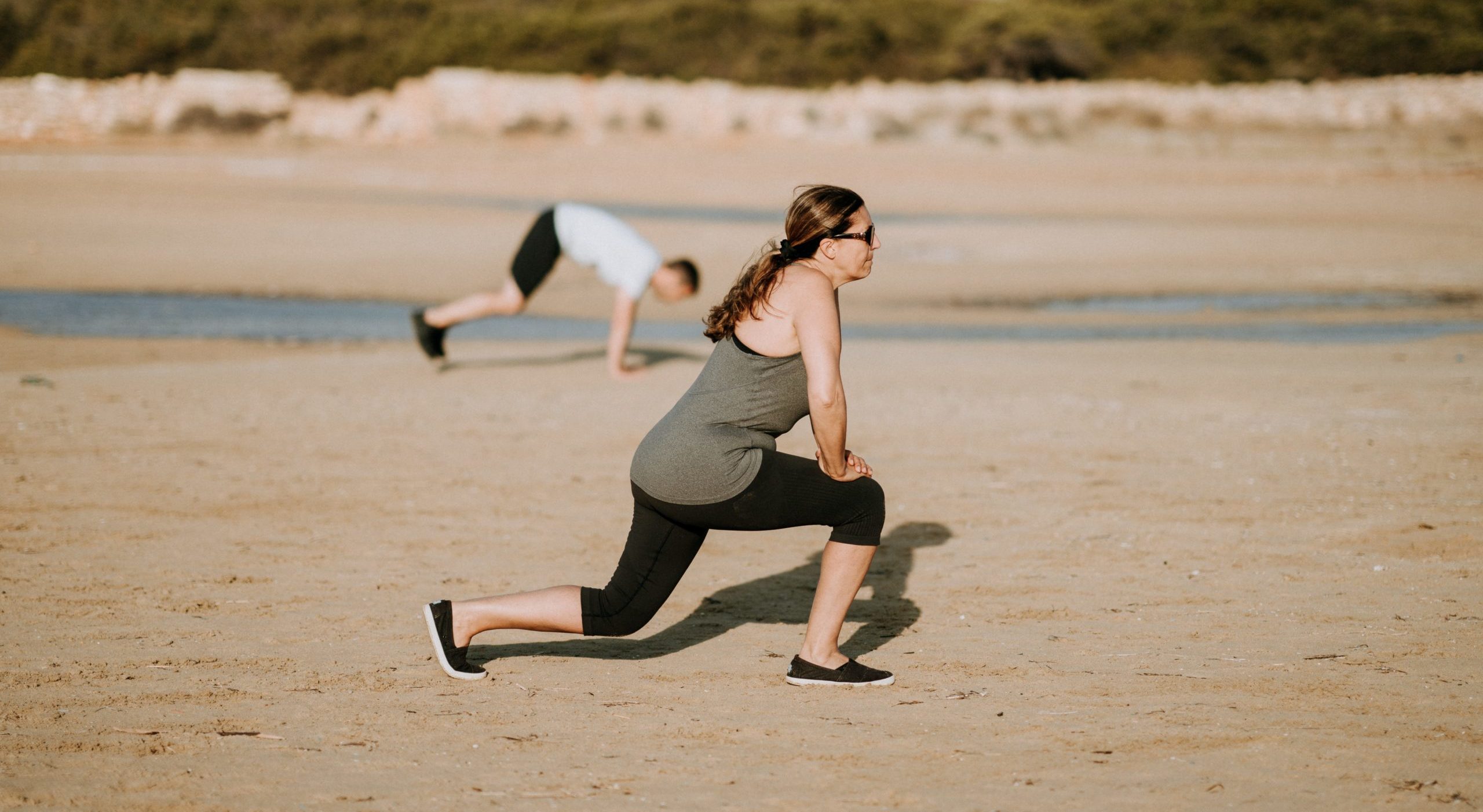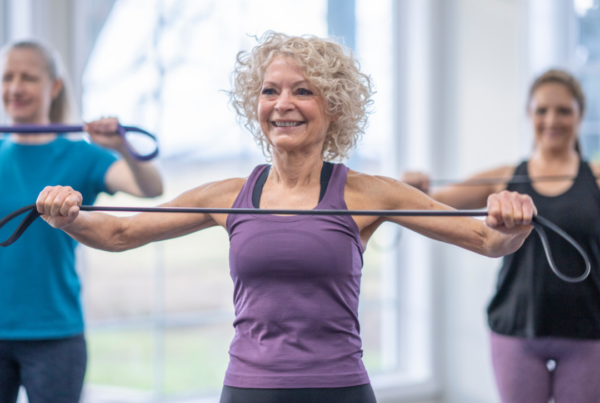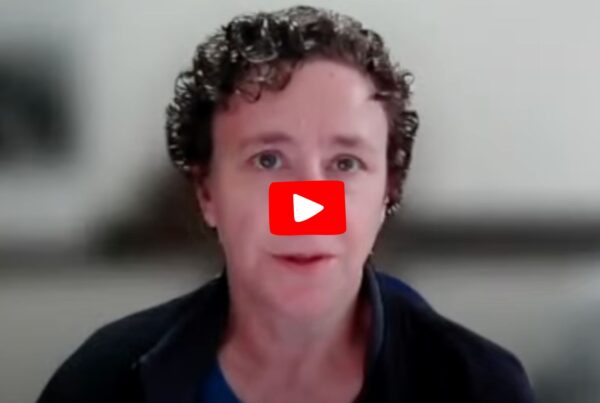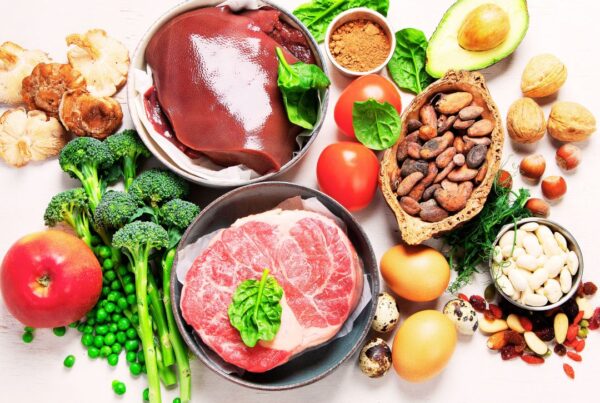Menopause affects almost every tissue in your body, including the tissues of your musculoskeletal system but it helps to keep moving.
Aches and pains are more common during perimenopause and menopause.
This fact is often not appreciated by women, their doctors and other treating health care professionals and as a result, treatments directed at the problem can often be unsatisfactory.
Hormones are chemical messengers that trigger and control cellular functions. Many tissues and cells in our body have receptors for oestrogen and progesterone (the main female sex hormones that change during menopause), including muscle, tendon and bone cells. Oestrogen and progesterone also have anti-inflammatory effects so it is not surprising that the menopause can be associated with problems of the musculoskeletal system. Testosterone is also a hormone females have (about 4 times as much as oestrogen!) which falls gradually with increasing age rather than suddenly around menopause. Testosterone stimulates muscle growth at levels higher than those naturally found in females (that’s why its use as a supplement is banned in sports). Australian research is currently underway to determine whether testosterone therapy within physiological female levels has benefits for muscles and bones in women.
The impact of falling hormones on the musculoskeletal system
- reduced muscles mass (and strength)
- reduced injury healing ability
- reduced bone strength and density
- increased risk of bone fractures
- impaired resilience of tendons.
All is not doom and gloom! Falling hormones at menopause create changes in your musculoskeletal system but this can be counteracted by being physically active. Being active has lots of benefits beyond menopause.
The long-term benefits of regular physical activity
- maintains strength
- builds muscle size which improves metabolism
- helps control weight gain
- builds stronger bones
- reduces risks of falls
- improves fitness
- reduces your risk of chronic diseases – diabetes, heart disease, stroke, dementia, mental health problems and some cancers.
The short-term benefits of regular physical activity
- better sleep
- improved mood
- increased energy levels.
Making physical activity a part of your general lifestyle will maintain fitness and muscle strength, reducing the risk of many chronic diseases and improving your energy, sleep, weight control and mood.
Maintaining muscle size and strength is important during and beyond mid-life. Muscle improves metabolism and insulin sensitivity, protects against weight gain, improves general quality of life and prevents falls. Special attention to resistance exercises that build muscles becomes even more important as we age.
Here are some of the things you might notice around perimenopause and menopause.
Aches and pains “all over”
General stiffness and aching of many joints but in particular your hands, feet and back. This is probably inflammatory, and feels like stiffness which typically “warms up” as you get moving. This should not be associated with any visible joint swelling, so if you notice this or are worried about severe joint pain, please get this checked by a health care professional.
Tendon injuries
Tendons are specialised connective tissue that join muscles to bones. Mid-life is a high risk time for women to experience tendon injuries. These occur due to “overuse”, which means the tendon’s ability to adapt has been out-paced by the activity demands on it. There is gradual onset of stiffness and pain over the tendon that is typically present after resting and warms up during activity, but is not associated with an incident or trauma. There may be an increase or change in activity level or type (such as starting back at the gym or deciding to train for a marathon) that lead to the overuse.
Once a tendon becomes painful, it often takes many months, sometimes years, to settle down again.
Common tendon injuries-
Trochanteric syndrome
This affects the gluteal or buttock tendons as they join the outside of the thigh bone at the hip. Symptoms include pain with stairs and sometime walking, lying on that side and tenderness over the outer boney part of the hip.
Plantar fasciitis
Whilst not technically a tendon, this connective tissue is a common site of problem in mid-life women. It presents as heel pain in the morning and after a lot of walking.
Tennis elbow
Irritation of the tendon about the elbow from tennis, golf, gardening, gym or even yoga presents with stiffness and pain during gripping and twisting of the elbow.
Shoulder rotator cuff problems
Shoulder “impingement” or pinching with movement during overhead activities (swimming, throwing, hanging washing, drying hair) and with lying on that side can indicate tendon problems of the rotator cuff and also local swelling of tissues (bursitis). Frozen shoulder is another shoulder condition common in mid-life women and feels like pain even without movement and increasing stiffness.
Hamstring and patella (knee) tendon problems
Problems at these sites can occur as well but are less typical in menopausal women.
Chronic pain
Mid-life hormone changes can worsen other conditions affecting the body such as fibromyalgia, restless legs syndrome and any chronic pain situation. These are all exacerbated by other common menopausal symptoms -insomnia and depression. As everyone knows, not getting a good night’s sleep or feeling low makes everything worse!
Bone health
One in three women will have osteoporosis which is a low bone density or having a fracture with little traumatic force. This doesn’t mean you will definitely have fractures, but are at increased risk. Hip fractures are particularly serious as they can severely impact quality of life and while estimates vary, 20-50% of women will die within 12 months of an osteoporotic hip fracture.
Falling oestrogen is associated with reduced ability of the bone to keep up with its constant balance of breaking down and rebuilding. This causes a fall in bone density that is most rapid in the first 5 years after the last period, after which it stabilises. Getting enough protein and calcium in the diet, vitamin D from the sun, high impact bone loading exercise and strength work (much higher impact than you think) will help with your bones but may not be enough to protect you from getting osteoporosis if you are at risk.
The only way you know if your bone density is lower than it should be is to have a test called a DEXA scan. Unfortunately, the first many women learn that they have low bone density is when they have their first fracture and by this stage it is difficult to build bone back up. Women who have risk factors for low bone density should make sure they get fully assessed by their doctor, as using HRT or other medication, addressing lifestyle factors and monitoring the bones are very important.
Risk factors for osteoporosis include cortisone and other medication use, family history of fractures or osteoporosis, smoking, excessive alcohol use, nutrition problems, stretches of time with missing periods (amenorrhoea), early menopause, advancing age.
What can be done?
Some of these symptoms, such as generalised aches and pains, will settle after menopause but a few will worsen, such as low bone density, reduced muscle mass and the risk of tendon injury.
Many women find that generalised aches and pains improve after starting menopause hormone therapy (MHT). MHT also improves sleep quality, reduces the hot flushes and night sweats that disrupt sleep, stabilise some of the hormonal mood changes and help prevent weight gain that can drive women to over-exercise. MHT is one of the post powerful things to prevent osteoporosis and is first line medical treatment in menopausal women with this problem.
MHT can help the general stiffness of small joints and non-specific aches but it will not improve tendon injury, arthritis or build muscle bulk. It is an effective first line treatment for osteoporosis.
Exercise is known to be good for bones but walking, whilst great for you generally, is not enough to build bones. Lifting heavy weights (to pull on bones and build large muscles), high impact exercises like stomping, jumping and even short bursts of running 3 times a week will do the trick. You don’t need to do many, even 30 seconds is enough to send positive mechanical messages to your bones to get stronger.
Since tendon problems can hang around a long time once they are established, trying to avoid them is also worthwhile. During the menopause the tissues may require more time to recover than they used to so using slightly lighter loads (such as less weight, fewer repetitions or shorter training distances) and exercising a bit less frequently can help avoid tendon problems. This is a tricky balance as tendons, joints and muscles all need to be worked to remain healthy and of course our general health also benefits from regular physical activity. General treatment advice for tendon problems is to reduce (but usually not fully restrict) the aggravating activity; maintain pain levels at below 4/10 (when 0 is no pain); get special help from a physiotherapist, exercise physiologist, chiropractor, osteopath, podiatrist or other health care provider who may suggest analgesics such as anti-inflammatory gels and tablets for short periods of time and other treatments eg orthotics and exercises. MHT has not been shown to be helpful in treating tendon problems.
Tips to prevent injury
- vary your activity – do a few different things eg walking, weights, gardening, yoga, boxing
- be consistent – avoid long breaks and restarts
- introduce changes gradually – slowly build up your activity levels so your body has time to adjust
- seek help if you are worried about an injury.
Great activity choices for mid-life women
The aim of being active during mid-life is to remain healthy, vital and full of energy! Everyday moving such as walking to the shops, doing housework or gardening, taking the dog for a walk or catching a sneaky 10 minute walk in your lunch break all accumulate health benefits and counteract the negative effects of prolonged sitting. Monitoring your step count is easy these days – it seems 6 000 – 7 000 steps a day is optimal for health benefits (most people will walk 1 000 steps in 10 minutes to give you some idea). Beyond everyday moving, extra exercise that builds muscle, balance and fitness will have additional benefits for your metabolism, weight, cardiovascular system and bones.
Here are some activity suggestions (of course there are many more!)
- walking
- running
- swimming
- weights
- boxing
- yoga
- dancing
- gardening
- cycling
- aerobic class
- kayaking
- tennis
- pilates.
150 minutes of huff and puff (30 minutes most days) and 2 sessions of strength work a week is the recommended dose of physical activity for Australian adults.
If you are wondering how to establish a healthy and enjoyable activity habit, you might want to get expert advice from an exercise professional such as an exercise physiologist or physiotherapist. Personal trainers are also great, especially if they have experience in working with mid-life women. Gyms frequently offer various classes including dance, fitness and weights that are supervised in a more affordable way and some even focus on women alone. Some areas of Australia have community supported exercise classes that are an affordable option and may even be at no charge. Look what your local council has on offer.
